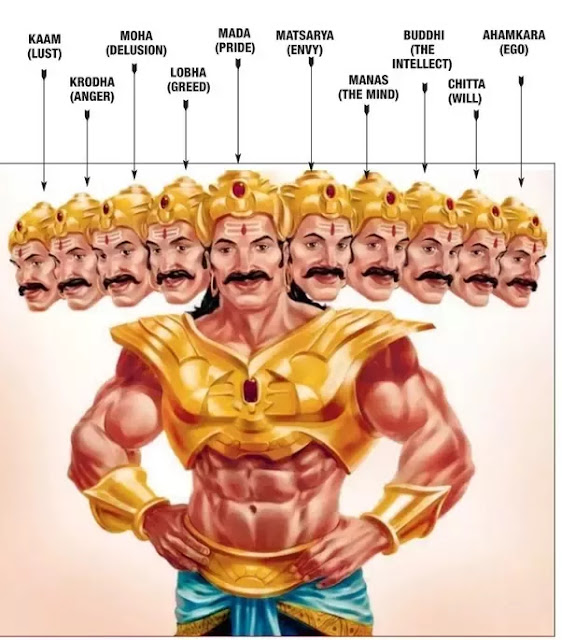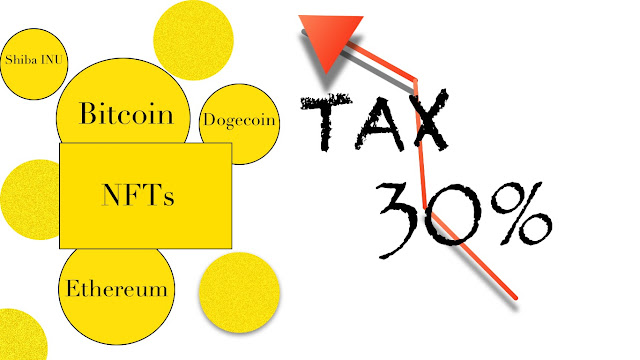How Wastage Mobile Converted To Olympic Medals In Japan. What Is The Process?
The 2020 Tokyo Olympics feature some of our beloved athletes from around the world competing for the precious medals for their countries. The Japanese government had to launch a two-year nationwide drive to collect sufficient recycled material for the production of medals for the Tokyo Olympics, which started on July 23, 2021.
 |
The idea of making medals from abandoned laptops, mobile phones, and other electronic materials is not new, the Japanese took it to an altogether different level for Olympics 2020. The Tokyo2020 Medal Project aims towards an innovative future for the upcoming Olympics events.
According to the Tokyo 2020 Medal Project, some 32 kg of gold, 3,500 kg of silver, and 2,200 kg of bronze were extracted from the recycled devices. By using these extracted materials Tokyo Olympics medals were made. This process involves no. of refining and other chemical processes.
 |
Even though the medals have been produced in an eco-friendly manner but the composition of the medals remains the same. The Gold medal, weighing 556 grams, has more than 6 grams of gold plating on pure silver which is above the minimum requirement of 6 grams of gold. This year's Silver medals measure 550 grams and were made of pure silver, while the bronze medals, which measure 450 grams, are made of red brass i.e. 95% copper and 5% zinc.
Writer - Sahil Madaan
Please feel free to ask anything. We are happy to answer all your questions.












Comments
Post a Comment
If you have any doubts then please let us know. We are pleased to solve your doubts.